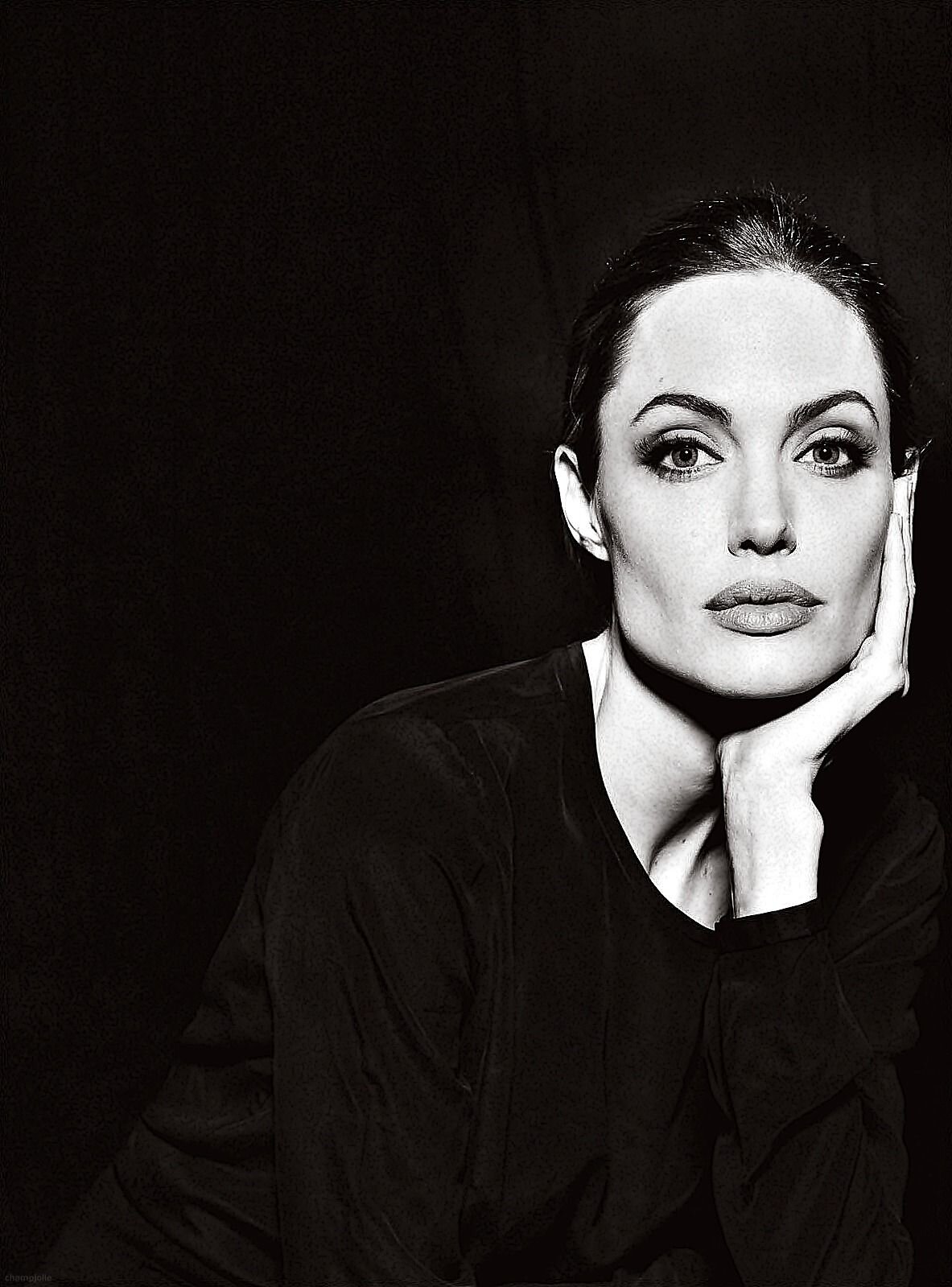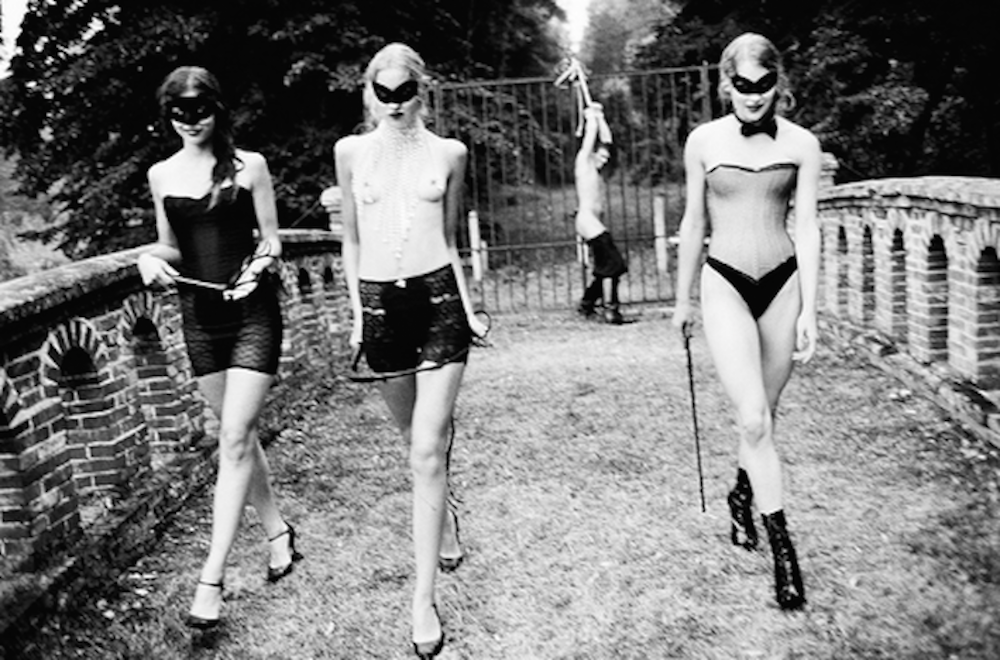Creativity, in all it’s messy masks, isn’t always something that reveals itself to be conventionally beautiful. It can be dark and dirty, dangerously seductive and at times, hideously painful. However, in all it’s forms, the creativity of famed fashion photographer Nick Knight is somehow consistently exquisite. Esteemed for testing the boundaries of traditional practices and the ideal beauty, he relishes innovation and continues to prevail as one of the industries leading image makers.
Born Nicholas David Gordon in London in 1958, the young visionary studied at Bournemouth and Poole College of Art and Design which was where he published his first photography book, Skinheads. Before even completing his studies he was already one of the world’s most sought after photographers. Around this time he was commissioned by I-D magazine’s editor, Terry Jones, to produce 100 portraits for the publications fifth anniversary issue. As a consequence of the partnership came the beginnings of Knight’s future and the opportunity to work with Yohji Yamamoto, the Japanese designer, shooting his 1986 catalogue under the art director Marc Ascoli. The success of this project saw him go on to create 12 successive catalogues for the designer.
From there Knight found himself the commissioning picture editor for i-D, work that enabled him to sharpen his craft working alongside the great Terry Jones - former art director of British Vogue and co-founder of i-D.
His reputation as an avant-garde figure in the space of progressive image-making has been hard earned and over the past three decades his lengthy career and impressive portfolio has earned him that rightful title. He continues to experiment with the latest technologies and his curiosity in such advances saw him launch his fashion website SHOWstudio.com in 2000, which he says in his own words is there to show ‘the entire creative process from conception to completion.’ His passion for the experiential has stood to him and seeing the future of film as an important medium in the industry he has acted as a leading force in offering a unique way in which we consume fashion, encouraging and nurturing the industry through the transitional age of the digital era. SHOWstudio also aims to work with the worlds most influential and yet to be discovered creative visionaries, from writers and filmmakers to photographers, illustrators and authoritative cultural personalities.
A true perfectionist, Knight works in the exact same outfit every single time he produces. The jeans he wears are specially commissioned - as when they went out of production he just had to have them. Beyond the beautiful he has some very important themes in his work, one of which is imagined in his collaboration with Lady Gaga for whom he directed the video for her hit single Born This Way. The theme of empowerment and showing unity and community within minority groups is something he comes back to again and again in his work. Some of his most revered creative collaborations have been with leading designers such as Yohji Yamamoto, John Galliano, Alexander McQueen while some of his major commercial clients have included an array of global brands including Audi, Christian Dior, Calvin Klein, Yves Saint Lauren, Levi Strauss, Mercedes Benz, Royal Opera House, and Swarovski. He is responsible for no less than 36 British Vogue covers and has shot the record covers for greats like David Bowie, Paul Weller, George Michael and Massive Attack. In 2010 he received an OBE in recognition of his contribution to the arts.
Knight lives in Richmond, London with his wife Charlotte and their three children.










































































